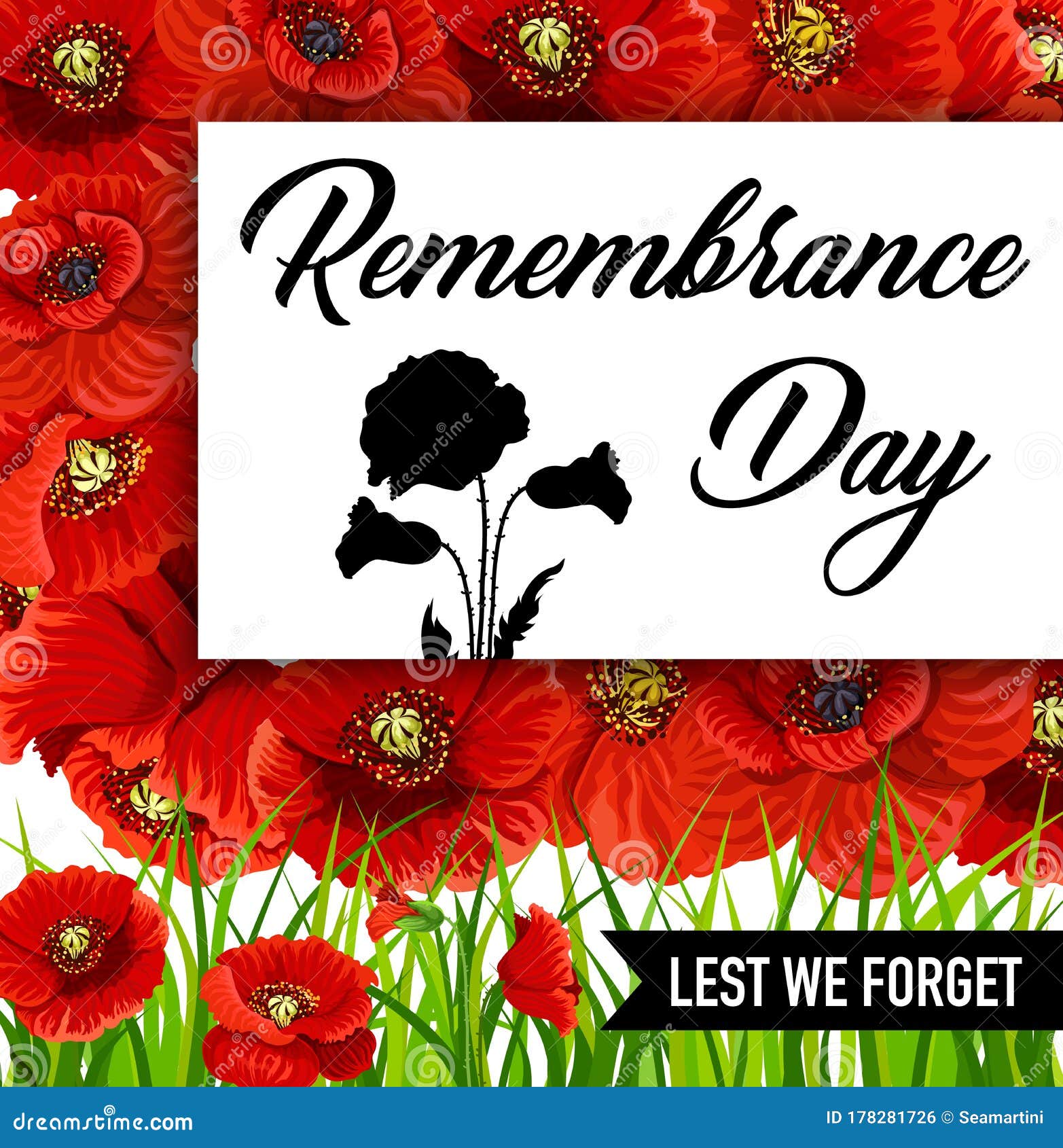

James Fox notes that all of the countries which adopted the Remembrance Poppy were victors of World War I. Guérin helped promote the use of Remembrance Poppies throughout the British Empire She then traveled to Great Britain, where she informed Field Marshal Douglas Haig and the Royal British Legion about her idea. Because it was an underfunded organization, Madame Guérin paid for the British remembrance poppies herself and the British Legion reimbursed her after the first British Remembrance Day Poppy Day on 11 November 1921. Madame Guérin sent Colonel Moffat (ex-American Red Cross) to Australia and New Zealand (and probably South Africa) afterwards as her representative. They were the first veterans of the British Empire (predecessor of the Commonwealth of Nations) to do so. After she addressed the Great War Veteran Association on 4 July, the group also adopted the poppy emblem as well as 'Inter-Allied Poppy Day' concept. After the 1921 Memorial Day in the US, Madame Guérin traveled to Canada. Madame Guérin's 'Inter-Allied Poppy Day' idea was also adopted by military veterans' groups in parts of the British Empire. In 1924, the Veterans of Foreign Wars patented the Buddy Poppy. organized the first veterans' Poppy Day Drive in the US, for the 1922 Memorial Day. Using French-made poppies purchased through her, the V.F.W. When the American Legion stopped using the poppy symbol in favor of the daisy, Veterans of Foreign Wars' members supported Madame Guérin instead. It was also following this event that the American Legion christened Madame Guérin as "The Poppy Lady from France." Madame Guérin successfully organized the U.S.'s first nationwide Poppy Day during the week before Memorial Day in May 1921 using silk poppies made by the widows and children of the devastated regions of France. Frenchwoman Madame Guérin was invited to address American Legion delegates at their 1920 Cleveland Convention about 'Inter-Allied Poppy Day.' After the convention, the American Legion too adopted the poppy as its memorial flower and committed to support Madame Guérin in her planned U.S. She then campaigned to have the poppy adopted as a national symbol of remembrance.Īt its conference in 1920, the National American Legion adopted the poppy as their official symbol of remembrance. At a November 1918 YMCA Overseas War Secretaries' conference, she appeared with a silk poppy pinned to her coat and distributed twenty-five more poppies to attendees. In tribute to McCrae's poem, she vowed to always wear a red poppy as a symbol of remembrance for those who fought in and assisted with the war. She published a poem of her own called " We Shall Keep the Faith" in 1918. Moina Michael, who had taken leave from her professorship at the University of Georgia to be a volunteer worker for the American YMCA Overseas War Secretaries Organization, was inspired by the poem. Michael first proposed using poppies as a symbol of remembrance. The Royal British Legion's Poppy Appeal has caused controversy in recent decades, with some-including British Army veterans-arguing that the symbol has been used excessively to marshal support for British military interventions and that public figures have been pressured to wear the poppies. In Australia and New Zealand, they are also worn on Anzac Day. In these countries, small remembrance poppies are often worn on clothing leading up to Remembrance Day/ Armistice Day, and poppy wreaths are often laid at war memorials. Today, the remembrance poppy is mainly used in the United Kingdom and the Commonwealth, where it has been trademarked by veterans' associations for fundraising.

Madame Guérin established the first "Poppy Days" to raise funds for veterans, widows, orphans, liberty bonds, and charities such as the Red Cross. Inspired by the war poem " In Flanders Fields", and promoted by Moina Michael, they were first used near the end of World War I to commemorate British Empire and United States military casualties of the war. Veterans' associations exchange poppies for charitable donations used to give financial, social and emotional support to members and veterans of the armed forces.

The remembrance poppy is an artificial flower worn in some countries to commemorate their military personnel who died in war. Cotton and silk poppies were made in devastated areas of France by Madame Guérin, "The Poppy Lady from France" and the originator of Poppy Day for the widows and orphans of soldiers killed during the war


 0 kommentar(er)
0 kommentar(er)
